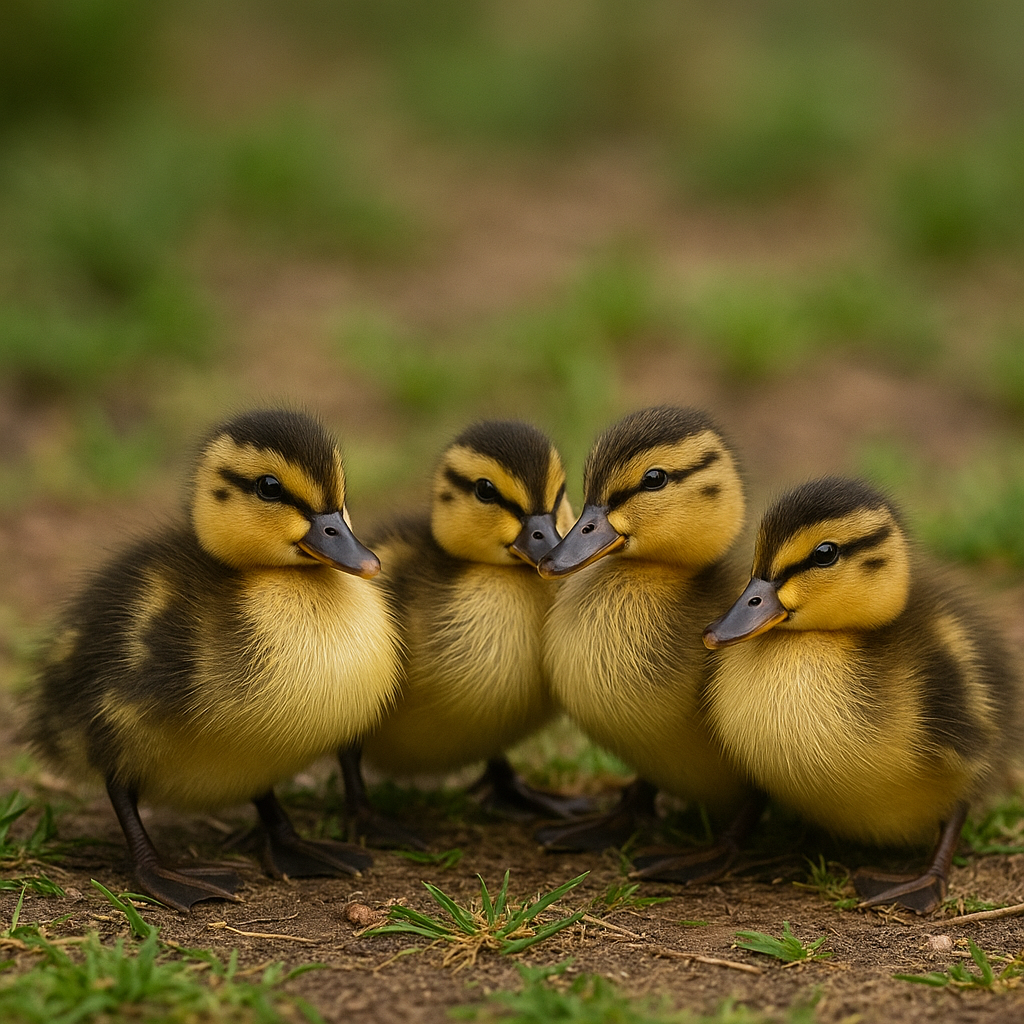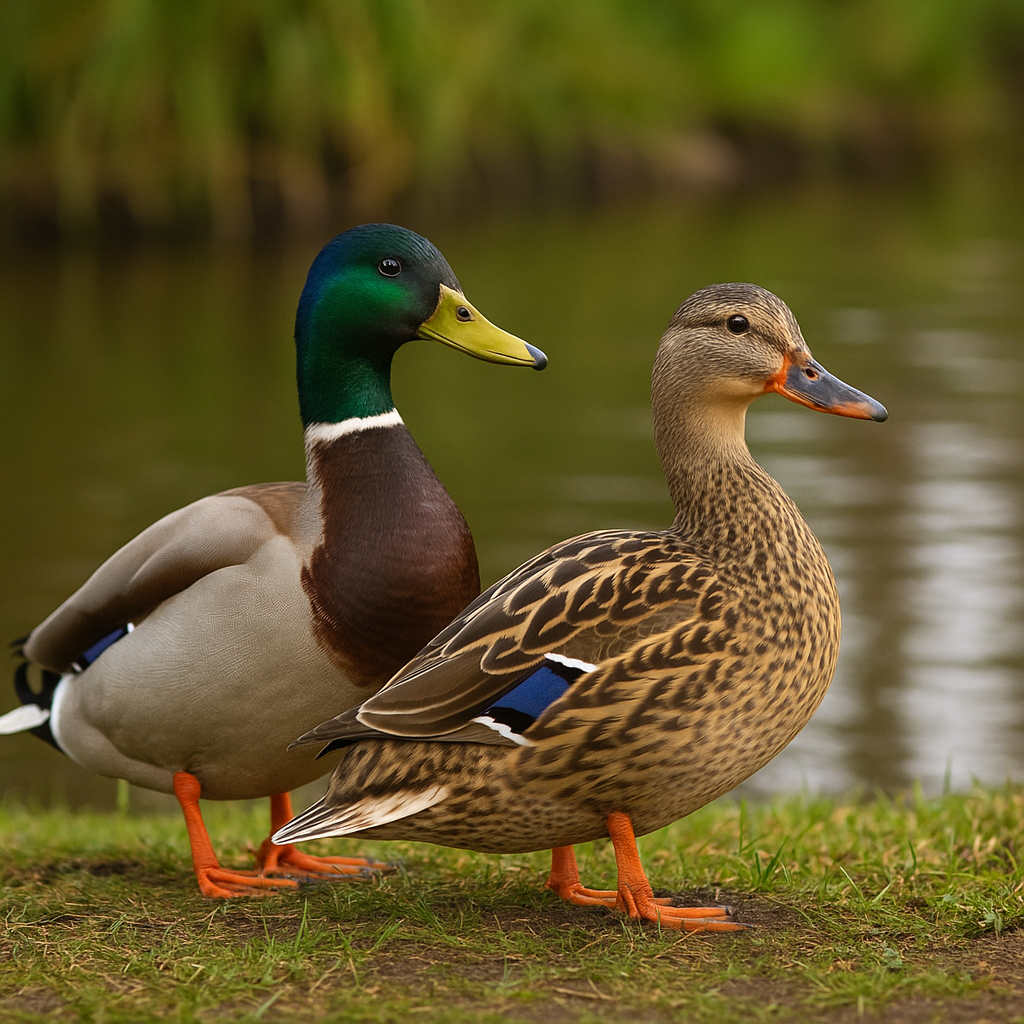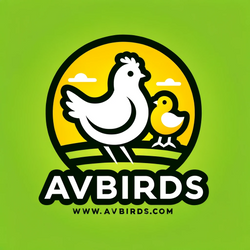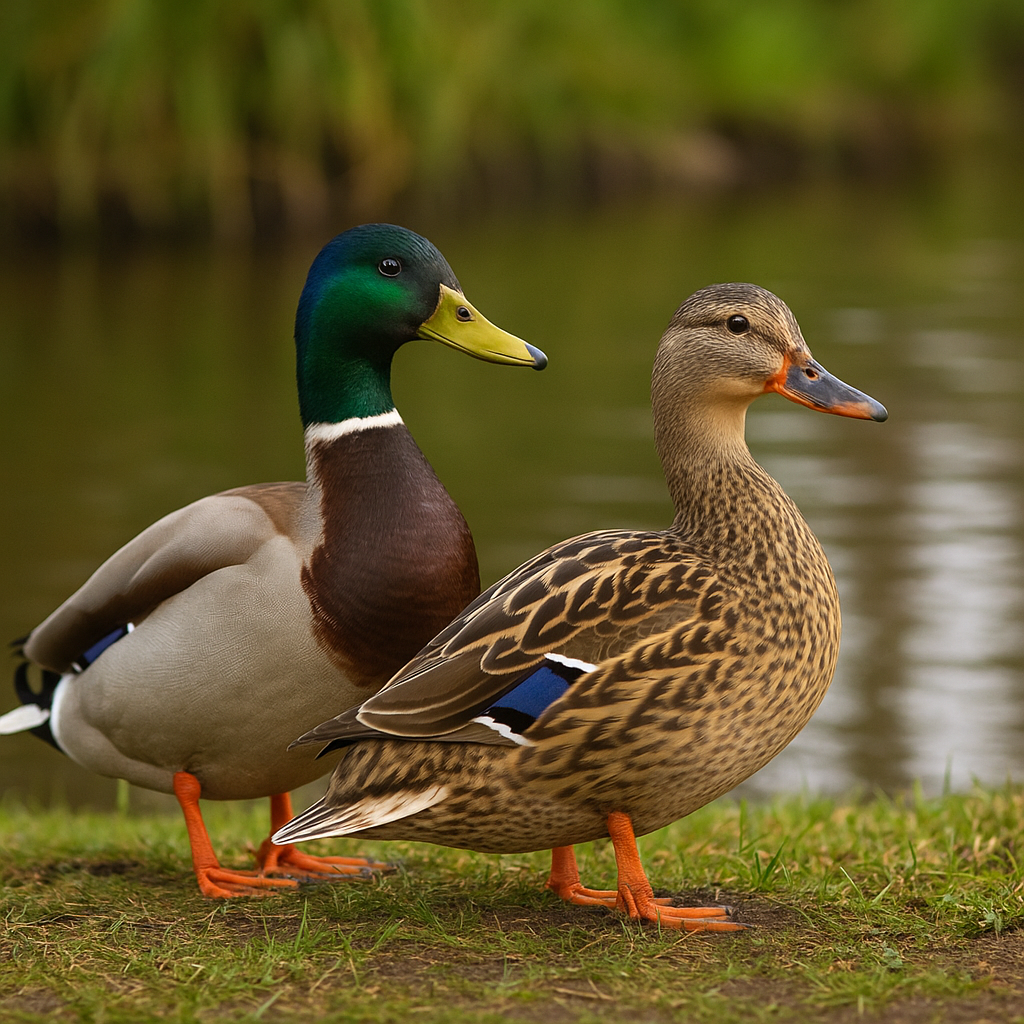AV Bird Hatchery
🦆 Baby Mallard Ducklings – Straight Run Only (Pre-sale 2026)



Bring the beauty of nature to your farm or pond with our Mallard Ducklings — hardy, active, and full of character. Mallards are among the most popular wild-type ducks in North America, known for their intelligence, adaptability, and striking plumage as they mature.
Quick Facts
-
Type: Straight Run Only (Unsexed)
-
Size: Medium (Adults average 20–26 inches in length)
-
Wingspan: 32–39 inches
-
Weight: 1.5–3.5 lbs at maturity
-
Flying Age: 50–60 days after hatching
-
Adult Coloration:
-
Male: Glossy green head, white collar, chestnut breast, gray wings, curled drake feather
-
Female: Mottled brown with orange-black bill and straight tail feathers
-
Duckling Appearance
Newly hatched mallard ducklings feature bright yellow undersides and faces with black backs and dark bills. As they grow, their feathers become more mottled until they resemble the adult female pattern.
Temperament & Behavior
Mallards are social and vocal birds. Females have the deep “quack” commonly associated with ducks, while males produce a softer, deeper version. They adapt easily to various environments, thrive in flocks, and are well suited for natural ponds, aviaries, and backyard habitats.
Care & Habitat
-
Provide fresh water daily for swimming and drinking
-
Feed a high-quality waterfowl or starter feed
-
Offer safe shelter and predator protection
-
Allow space for natural foraging and flight development
Breeding & Lifespan
Mallards reach maturity around 14 months of age and can live up to 20 years under proper care. They are excellent for breeding, educational exhibits, or simply enjoying as part of a peaceful homestead.
⚠️ Shipping Restrictions
Please note: We are unable to ship Mallard Ducks to Florida, Arkansas, or North Dako



